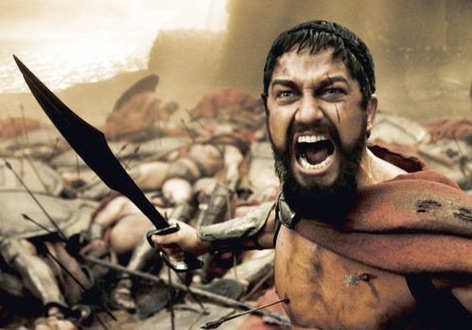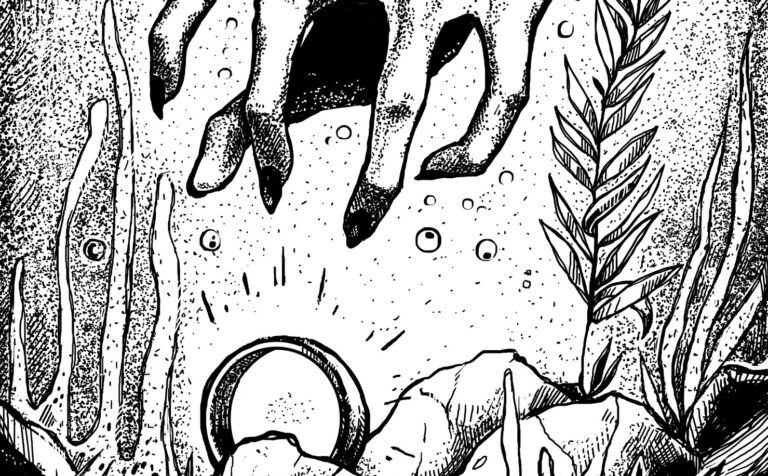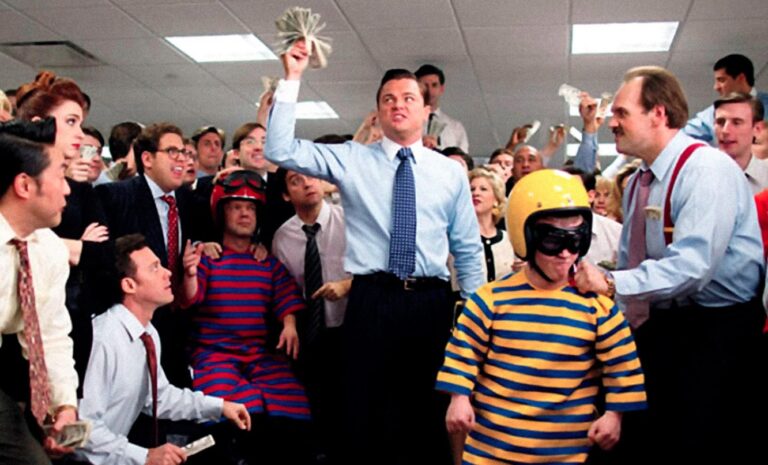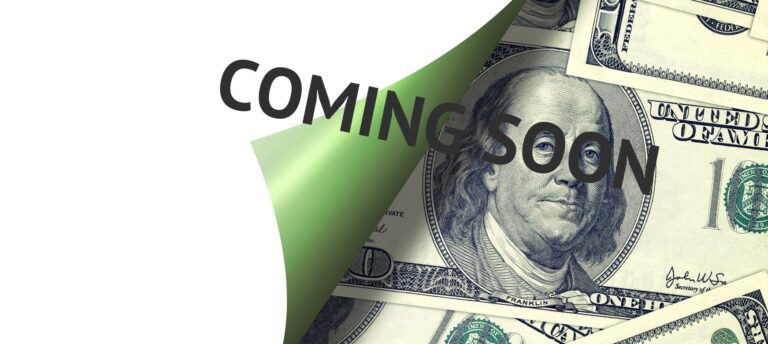Welcome to Oz
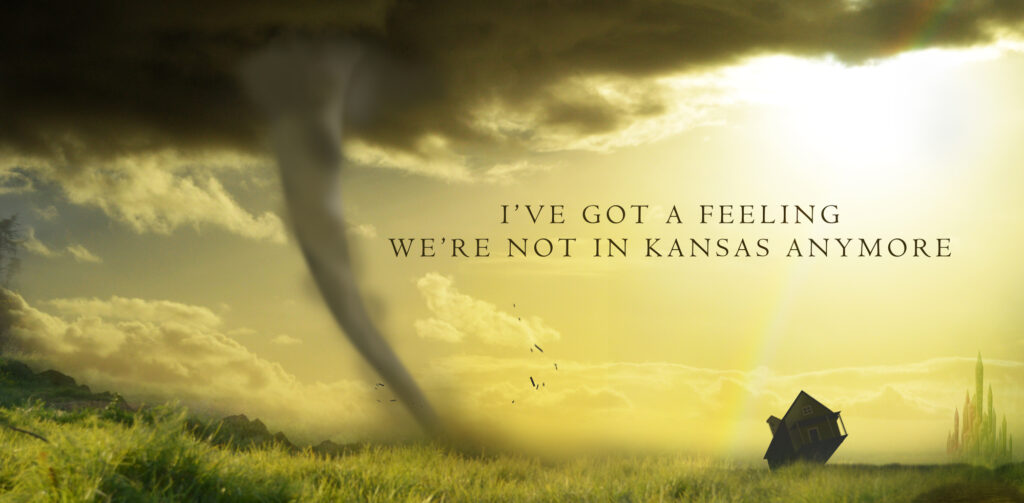
In the Wizard of Oz, Dorothy goes suddenly from a grey Kansas to a technicolor Oz – a magical and dangerous land where all kinds of things that she had thought impossible are now happening around her (flying monkeys? Thanks for the nightmares, Mr Baum).
Likewise, the money we entrust to our banks has changed into its opposite – from something that had inspired trust for centuries to a giant confidence trick, from being an asset to being a debt.
How did this happen? Let’s find out..
Disclaimer
In addition to the disclaimer from A Brief History of Money, I should point out that entire books have been written about things that I must whizz past in a single sentence. These articles are intended to be coherent and memorable, not complete and certainly not authoritative. I would argue that for things that really affect our lives, looking to authority is often an excuse to stop thinking.
Wait I forgot what I’m reading
This is the second in a series of eight articles:
- A Brief History of Money
- A Brief History of Commercial Banks
- A Brief History of Central Banks
- A Brief History of Investment Banks
- The Global Financial Crisis of 2008 (coming soon)
- The Greater Depression of 2024 (coming soon)
- A Brief History of Global Financial Resets (coming soon)
- The Global Financial Reset of 2025 (coming soon)
In the first article, A Brief History of Money, we learned some fun stuff:
- Why monies fight, and who always wins
- Why sound money is intrinsically valuable, stable, and limited in supply
- Why you should never get into a car with strange men in the middle of the night in Russia
By the end of this article, you’ll understand why most money isn’t real, and why you’re part of the biggest pyramid scheme in the world.
Piggy Banks
The third of the functions of money that we looked at in the first article, A Brief History of Money, is as a store of value. Apart from what we have in our pockets for sherbet dips and penny chews (do they even have those any more?) most of us would like some trusted third party to take care of storing the bulk of our value for us. The most fundamental reason to have banks at all, then, is to keep our money safe. Banks that do this for ordinary folk like you and me are called commercial banks.
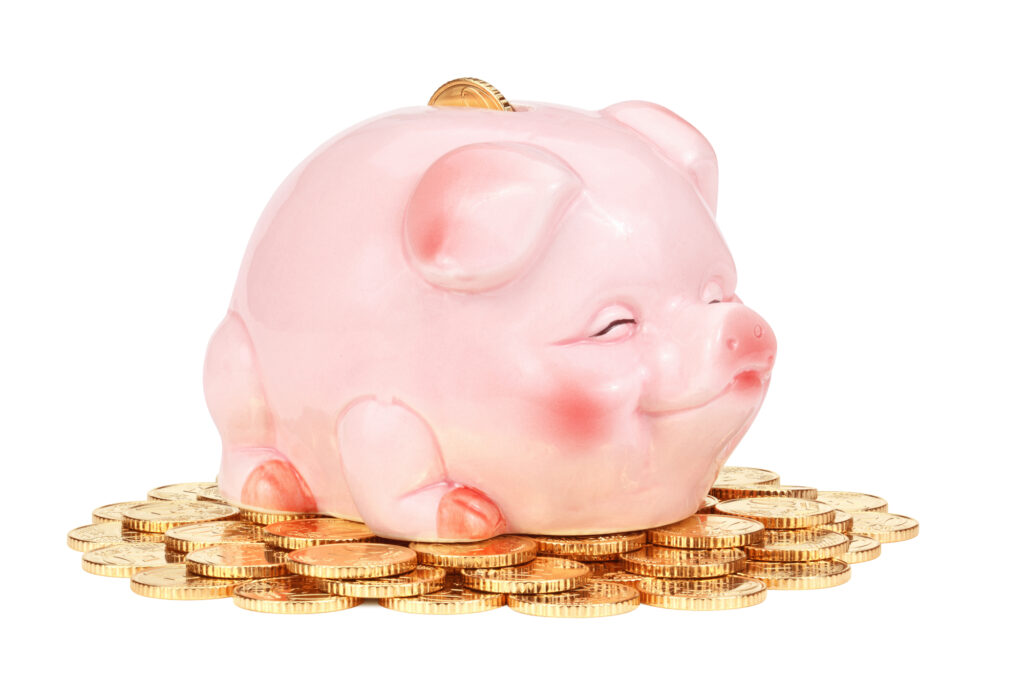
The earliest institutions where you could deposit your money and get it back later were the temples of ancient civilisations like Rome:
Because they were always occupied by devout workers and priests and regularly patrolled by soldiers, wealthy Romans felt they were safe places to deposit money. Priests kept track of deposits and loans.
Victor Labate, Banking in the Roman World
The second function of money is a unit of account. And indeed, banks must also keep track of the credits and debits to your account. In fact, since they have the money lying around doing nothing, they might as well go ahead and create credit by lending some out.
Matching people and institutions who want to lend with those who want to borrow is the second legitimate function of banks (I only count two). It’s an expert service, and an ancient one.
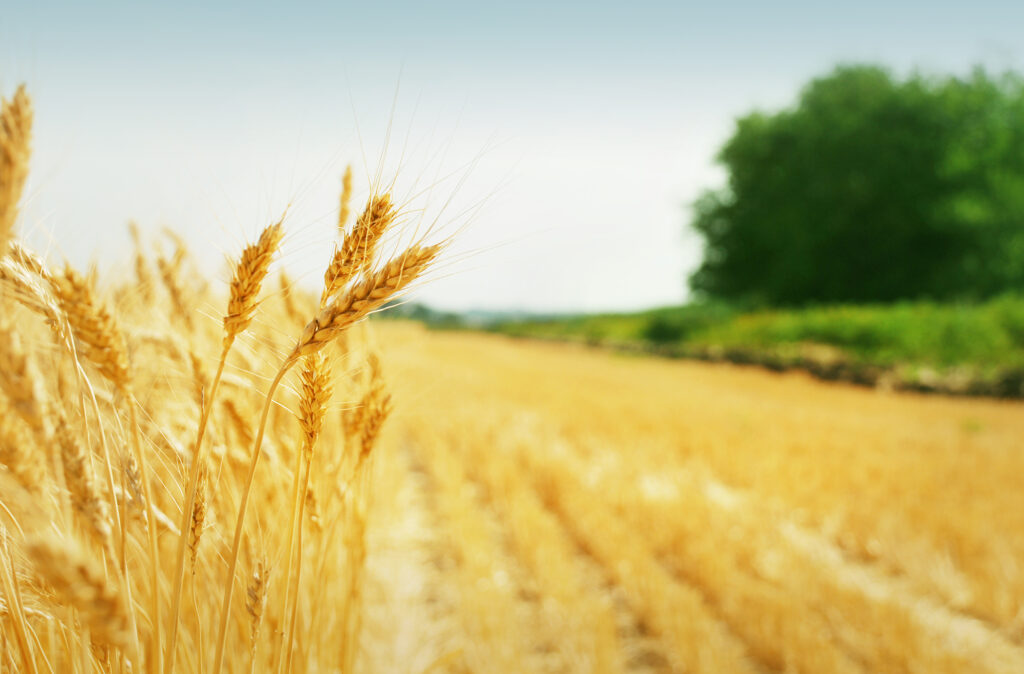
And this is all that banks used to do. Some early banks were offshoots of medieval monasteries, some were private businesses, some were run by city-states, some were for-profit, and some charitable. But they did not take an outsized role in national or international affairs for thousands of years – not until the Renaissance.
Rise of the bankers
From the 5th to 15th centuries, Western Europe was plunged into the Stupid Ages, where we forgot all the clever things the Romans and ancient Greeks could do, and stumbled around in the mud for a thousand years until the Renaissance. One reason why the city-republics of Florence, Venice and Genoa were able to sponsor the incredible artistic, philosophical and scientific flowering of the Renaissance is that they had bigger and better banks. They used recent inventions like double-entry accounting to improve and scale up foreign exchange (the useful service of exchanging the non-standard gold and silver coins from different places) and loans to serve the growing international trade that ran through these hubs in the 14th and 15th centuries.
Those who ran them came to be known as bankers, not from rhyming slang but from the Italian for “bench”, because early Renaissance bankers were social outcasts who did their business seated at benches behind tables in the street.
And as their financial activities scaled up, so did their status. From trading in the streets of the ghetto, in a few generations bankers rose to unimaginable heights.
Political questions are settled at his house. The man he chooses holds office … He it is who decides peace and war and controls the laws.
Pope Pius II on the Florentine banker Cosimo de’ Medici, in Christopher Hibbert, Florence: The Biography of a City
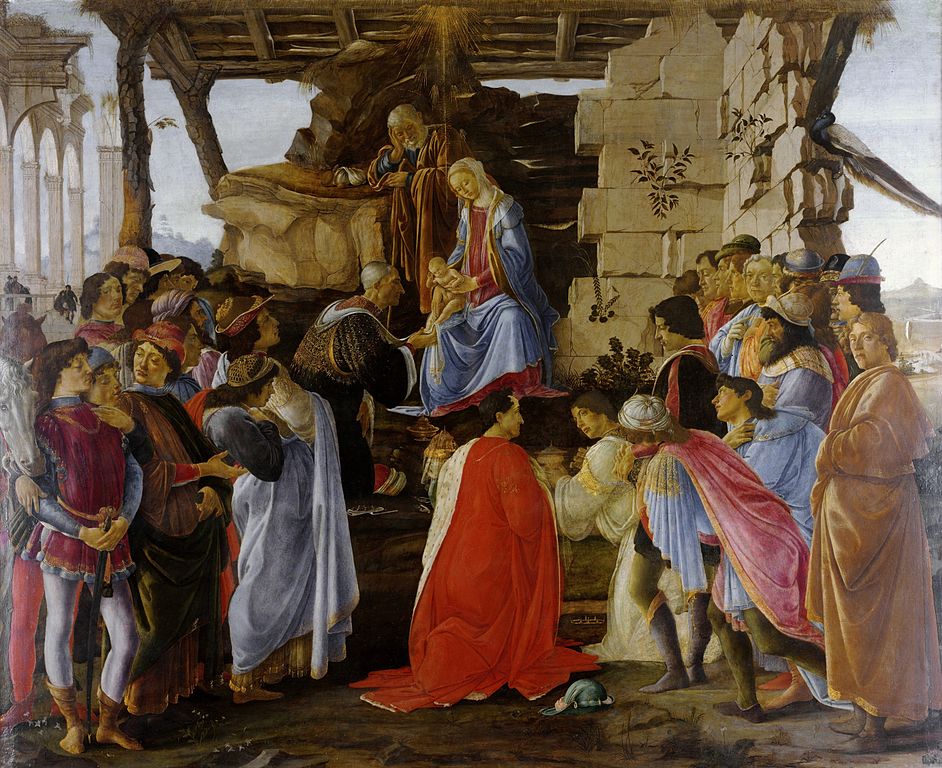
Although the fortunes of individual banking families and institutions would go up and down, banking had started a steady march to political and legal domination that extends right up to the present time.
Renaissance banking helped radically raise up society on many levels – despite what modern economists would call the “constraint” of sound money. They operated under a gold/silver standard, and held reserves of actual money (precious metals) in their vaults to fully cover what they lent out. Because no-one had even thought of doing anything else.
Two centuries later, banks were still operating in this way. In 1609, the first prototype of a central bank, the Amsterdam Exchange Bank (Wisselbank) opened. Merchants could pay each other directly from one account to another by updating a written ledger, without needing to physically exchange non-standard coins from fourteen different provinces, which was a brilliant invention. The Exchange Bank was, at least in the beginning, a full-reserve bank, meaning it did not lend out the gold and silver that was deposited, but held it safe so that depositors could, you know, get it back.
And what effect did this terrible, backward constraint have on the economy? How did the poor Dutch people manage when the Wisselbank wasn’t able to conjure loans out of thin air like modern banks?
The Dutch “Golden Age” was a unique era of political, economic, and cultural greatness during which the little nation ranked among the most powerful and influential in the world.
Brittanica, Dutch civilization in the Golden Age (1609–1713)
So full-reserve banking based on sound money worked just fine for Florence and Amsterdam. But it was not to last.
Whose money is it anyway?
Keeping money safe is good. Lending money is also good. The trouble comes when you mix them in a dishonest or unsound way.
Imagine that Bob, a builder (don’t sue me, Mattel), makes a pile of profit from putting down patios and wants to earn an income from it. So he lends it to Charlie the Carpenter for his business, and they agree an interest rate that reflects how likely it is that Crazy Charlie blows the money on hookers and blackjack instead, or is otherwise unable to pay back some or all of the money. Bob gets an income stream and Charlie gets an opportunity (get dressed, Charlie, it’s noon). Bob is risking his own money and getting paid for that risk.

Now imagine instead that Bob is a banker. Alice the Architect comes to him:
Alice: “Bob, how much should I pay you to take my money and keep it safe?”
Bob: “Well, 1% a year would cover my costs and turn me a profit.”
Alice: “Sounds reasonable. I’m not sleeping so well with it under my mattress.”
Bob: “But I have a proposal. How about I pay you to take care of your money?”
Alice: “Really? What’s the catch?”
Bob: “Well, I’m going to take most of your money and lend it to Charlie the Carpenter. He’ll pay me 10%, and I’ll pay you 5%.”
Alice: “But what about when I need my money back?”
Bob: “No problem. I have lots of customers on the same deal. If your money is out on loan, or if Charlie can’t pay, you can have their money.”
Alice: “But what if they also need their money back, or their loans also go bad?”
Bob: “Don’t be so old-fashioned. That never happens. If it did, there’d be a name for it.”
A bank run, Bob. When people figure out your pyramid scheme, it’s called a bank run.
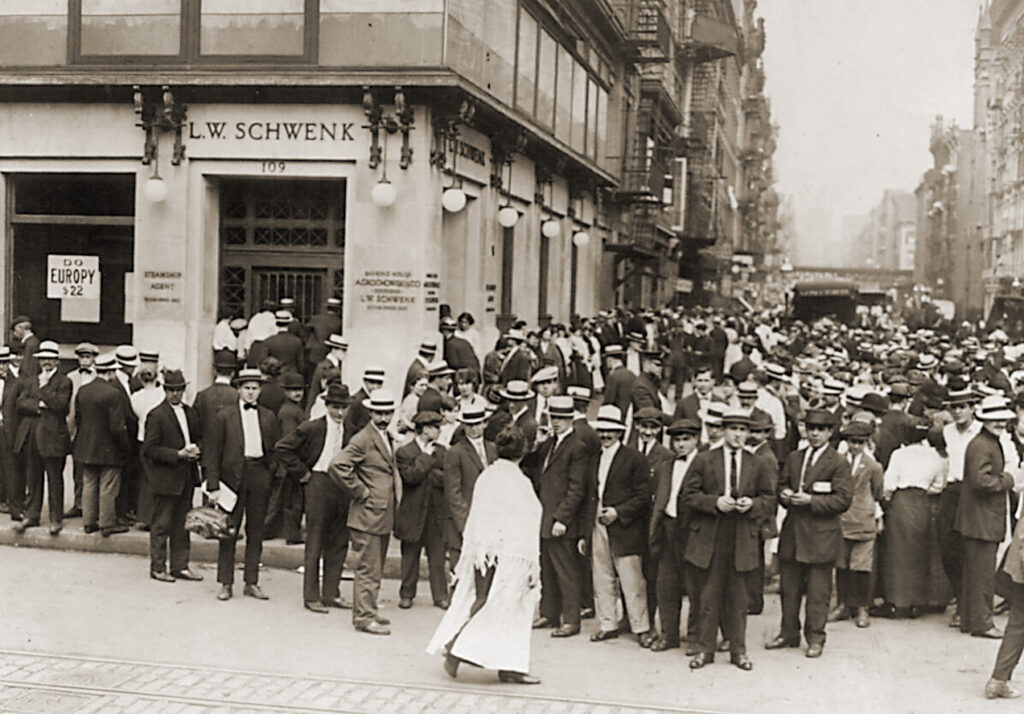
We instinctively think the worse of Banker Bob because he’s risking other people’s money. How could Bob run his same scheme of mixing savings and loans safely and honourably, if not so profitably? Only if he also kept enough of his profits in his bank to cover 100% of the amount that Alice and everyone else deposited.
If the reserves of Bob’s Bank are instead some fraction of the deposits, then he’s running fractional reserve banking.
And you thought your money was actually in the bank, didn’t you? Well it hasn’t been – not for centuries.
Money as debt
It’s in Stockholm in the mid-17th century that we take our first step into Oz. Stockholms Banco, opened in 1656, was an exchange bank like the Wisselbank, but also a Lanebank that lent money out. Like Bob the Banker, though, they lent amounts in excess of their reserve (predictably, the Bank over-extended itself and had to be wound up after just six years). This was the first development of fractional reserve banking, or as I like to call it, magic money.
Let’s do some quick maths. If Alice deposits £100 into the bank, and the bank loans 90% of it out to Charlie, how much money is there in total? Well Alice still believes she has £100, and Charlie has £90, so the total is £190. Where did the extra money come from? Nowhere.

Charlie gets his loan when it is deposited into his bank. Banks lend by creating deposits. The next bank can lend 90% of that deposit out again, and so on. So, the amount of this new kind of money that can be created in an economy is only a function of the fraction of reserves that banks are told to keep (a.k.a the money multiplier). The money supply is no longer constrained by physical reality, but only by policy.
Now, if Alice deposited cash (which originally meant metal coins, hence the saying cold, hard, cash) and Charlie received paper or electronic IOUs, what has the money become?
Debt. All of this extra money that was created by the stroke of a pen is debt. Liabilities. Charlie is in debt to the bank, and the bank is in debt to Alice. And the debts are far larger than the real money Alice started with. Remember in the beginning of our story, how money was an asset? Already the vast majority of it (and we’re only just beginning to scratch the surface of modern banking) is the opposite.
Stepping off the Yellow Brick Road
Once you start fractional reserve banking, you stop having sound money. The link between paper and gold has been cut, because there’s far more paper than gold now, and more can simply be commanded into existence any time a bank wants to make more money (which is, I guess, all the time?). So even if a nation says it has a gold standard, it’s actually now, in an important sense, fiat money.
fiat: an authoritative or arbitrary order / a command of will that creates something without further effort
Merriam Webster
Fractional reserve banking has made some economists pretty angry:
It should be clear that modern fractional reserve banking is a shell game, a Ponzi scheme, a fraud in which fake warehouse receipts are issued and circulate as equivalent to the cash supposedly represented by those receipts.
Murray Rothbard, Distinguished Professor of Economics at the University of Nevada, in The Mystery of Banking, p97
And even boggled the minds of some of those who actually run the banking system:
If all bank loans were paid, no one would have a bank deposit, and there would not be a dollar of currency or coin in circulation. This is a staggering thought. We are completely dependent on the commercial banks. Someone has to borrow every dollar we have in circulation, cash or credit. If the banks create ample synthetic money, we are prosperous; if not, we starve.
We are absolutely without a permanent monetary system. When one gets a complete grasp upon the picture, the tragic absurdity of our hopeless position is almost incredible – but there it is.
It (the banking problem) is the most important subject intelligent persons can investigate and reflect upon. It is so important that our present civilization may collapse unless it is widely understood and the defects remedied very soon.
Robert H. Hemphill, former credit manager of the Federal Reserve Bank of Atlanta, in National Economy and the Banking System of the United States, Senate document no. 23, 1939, p102
And yet fractional reserve banking has spread from the Stockholms Banco to, as far as I can tell, every bank everywhere.
You can have any kind of banking you like as long as it’s black
When you look at the number of high street banks competing for our money, it looks like we have freedom to choose. But in every important way, the choices have been made for us. Most people do not really understand that the terms and conditions of their account means that the bank doesn’t keep their money handy but lends almost all of it out. An uninformed choice is no choice at all. Worse, even if you do understand the problem, there are no fully reserved banks that you could choose instead.
And since the State requires you to have a bank account in order to pay your taxes, and to receive whatever share of other people’s taxes they grant you as an allowance, there really is no choice but to shovel all your money into this system and hope it doesn’t catch fire.
The government in its wisdom sets the deposit rules for the banks, permits and encourages fractional reserve banking, and within our rules the banks play and optimise for their own profit. If we want a different outcome we need not complain or legislate against them trying to make a profit, but simply tweak the rules by which they’re allowed to get there. Don’t hate the player, hate the game.
A return to full-reserve (or even a reasonable compromise like 40–60% reserve) banking is unlikely because banks would make less profit, government likes a large, traceable money supply, and because customers and voters don’t seem to care. But what would it look like?
If you’re not paying for the product, you are the product
Fractional reserve banking turns our deposits into assets for the bank instead of liabilities – and so it’s the only way you and I can earn interest from our bank deposits. Without it, bank accounts would become more expensive. We would have to pay the real cost for a useful service.
In the current system, banks compete to offer the most interest in order to attract more deposits, so they have more of someone else’s money to risk and earn profits on. And we’ve become addicted to this “free” money. Because the value of money falls every year through inflation, the working man has to keep running in order to stand still.

But if all banks (or even some banks competing in a free and transparent market) were fully reserved, they would compete to offer low fees instead. If money held its value and fees were low, there’d be no problem.
Do we need fractional reserve banking?
It’s said that we need fractional reserve banking so that there is more debt-money available to finance economic growth. The counter to this comes on several levels. Historically, the old empires we just looked at were able to grow fine on full-reserve banking, and as we’ll see in A Brief History of Global Financial Resets, the global gold standard also allowed tremendous progress in the modern era. Secondly, A Brief History of Investment Banks will show whether, in the modern age, an excess of money does finance real growth or something more dangerous.
Finally, in practical terms, the next article will show the problems that too much money (sic) causes for ordinary people.
🌍 Share this:


